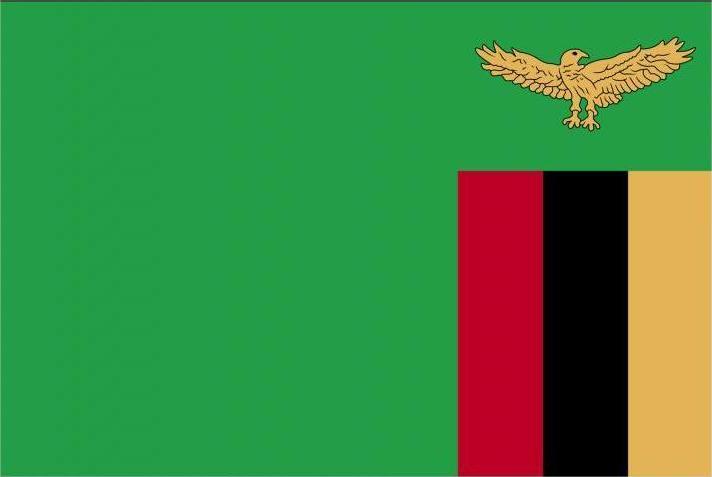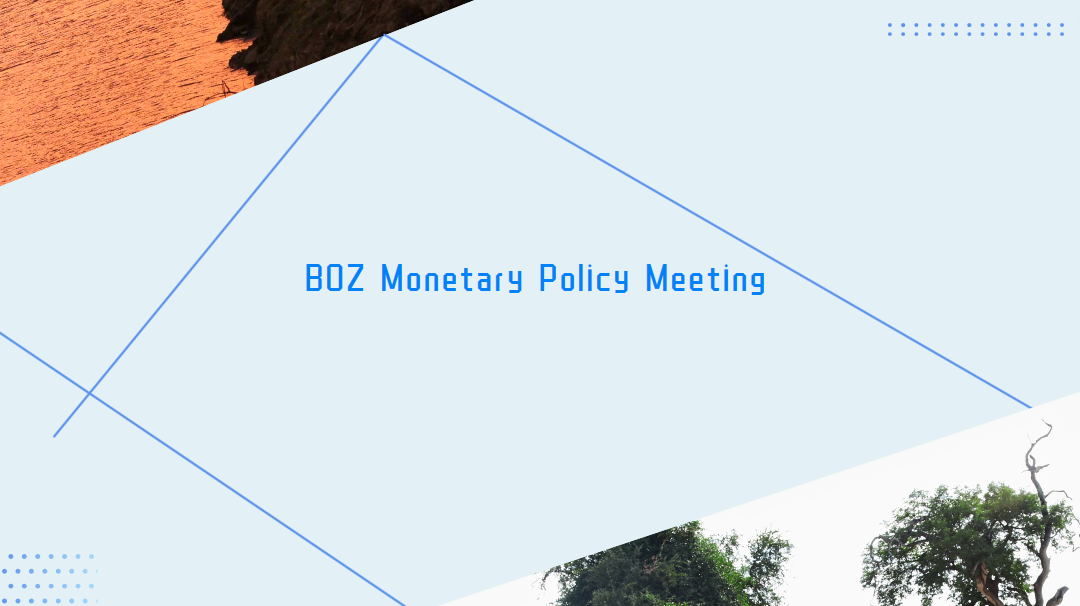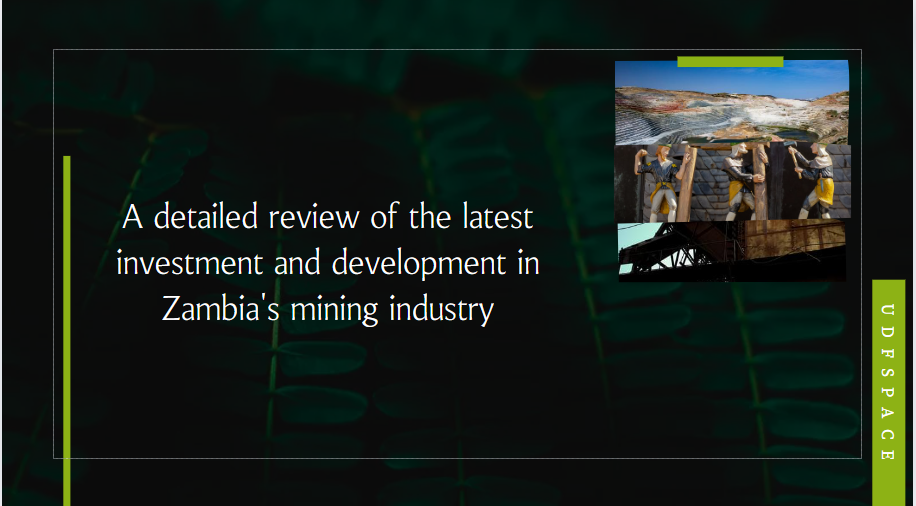Zambia and World Bank Sign Agreement to Cut Carbon Emissions in Eastern Province
Communities in Zambia's Eastern Province are set to reap the benefits of their efforts in forest conservation, climate-smart agriculture, and other activities such as fuel efficient cookstoves and sustainable charcoal production thanks to a new Emission Reductions Purchase Agreement (ERPA) signed today by the Government of the Republic of Zambia and the World Bank's BioCarbon Fund Initiative for Sustainable Forest Landscapes (ISFL)*.
The agreement will unlock up to $30 million in results-based payments that will in turn reward communities in Eastern Province for their efforts to reduce around three million metric tons of CO2e [Carbon Dioxide equivalent] emissions between 2024 and 2029. By taking an integrated approach to mitigation across the Eastern Province landscape, this work aims to achieve significant emission reductions and enhance communities’ resilience to shocks brought on by climate change. Zambia is the second country to sign an ERPA with the ISFL Program, after Ethiopia last year.
“This ERPA marks an exciting time for Zambia,” said Collins Nzovu, Minister of Green Economy and Environment for Zambia. “Our communities have joined together to improve our environment, adopting better practices in homes and on the land, and now we will begin to reap additional economic benefits from that hard work.”
The emission reduction program builds on the achievements of the Zambia Integrated Forest Landscape Project (ZIFL-P), which is co-financed by grants from ISFL and the Global Environment Facility (GEF), and a loan from the International Development Association (IDA)**. The program has already increased yields of selected crops by over 32% using climate-smart agriculture, created jobs in rural communities and improved sustainable management of more than 72,000 hectares of forest.
“With cycles of rain and drought becoming more unpredictable, learning new ways of farming has been extremely important to us,” said Chief Kapatamoyo of Kapatamoyo Chiefdom in the Chipata District. “The best part is we have had stronger harvests which allows us to feed our families and better support our community.”
Payments from the ERPA will provide significant additional funding to the targeted rural communities undertaking these activities as greenhouse gas (GHG) emission reductions are measured, reported, and verified for results-based payment. A Benefit Sharing Plan, prepared with local actors and communities, will ensure that all participating stakeholders are rewarded for their role in reducing emissions.
“This emission reductions program demonstrates that climate mitigation and socioeconomic development can be simultaneously achieved through an innovative landscape approach,” said Achim Fock, World Bank Country Manager for Zambia.“The Eastern Province has shown that this approach can be scaled up to more beneficiaries in other parts of the country.”
In conjunction with the results-based payments to be provided, the emission reductions program includes additional grant funding to continue activities begun under the ZIFL-P. These grant funds include: i) $4 million from the ISFL donors to support the expansion of community forestry management; ii) £6 million from the Government of the United Kingdom to support the continued expansion of climate-smart agriculture across Eastern Province; and iii) $2 million from GEF for scaling up sustainable landscape management in Eastern Province. This additional funding will support sustainable forestry, climate-smart agriculture, social inclusion, biodiversity conservation, and other activities that will contribute to further climate mitigation and adaptation in Eastern Province.
*The BioCarbon Fund ISFL is a multilateral fund that promotes and rewards efforts to reduce GHG emissions from the land-use sector, including REDD+, sustainable agriculture, and climate-smart land-use planning, policies, and practices. Large-scale ISFL programs in Colombia, Ethiopia, Indonesia, Mexico, and Zambia are pioneering work that enables countries and the private sector to shift toward more sustainable land use, as well as informing policies made at the international level. The ISFL receives funding from Germany, Norway, Switzerland, the United Kingdom, and the United States.
** The International Development Association (IDA) is at the heart of delivering the World Bank Group’s mission to end poverty on a livable planet in the world’s low-income countries. IDA provides concessional financing, knowledge and advice catalyzing national development and transforming the lives of hundreds of millions of people across the world. Since 1960, IDA has provided $533 billion in funding to 115 countries. IDA embodies effective multilateral development funding, enabling middle- and high-income donor governments to pool funding to support low-income countries. In its current financing round (IDA20) there are 57 donor and 75 recipient countries. In IDA20, IDA’s leveraging capacity transforms every donor dollar into nearly four dollars for development impact. In 2024, IDA is working towards its twenty-first replenishment (IDA21) which will cover the period 2025 to 2028. Learn more online: https://ida.worldbank.org #IDAworks























































First, please LoginComment After ~